
Novel Metric Examines the Role of Organic Matter and Microbes in Ecological Communities
Scientists find interactions between organic matter in river corridors and microbial communities, highlighting potentially important microbes and chemicals

Scientists find interactions between organic matter in river corridors and microbial communities, highlighting potentially important microbes and chemicals
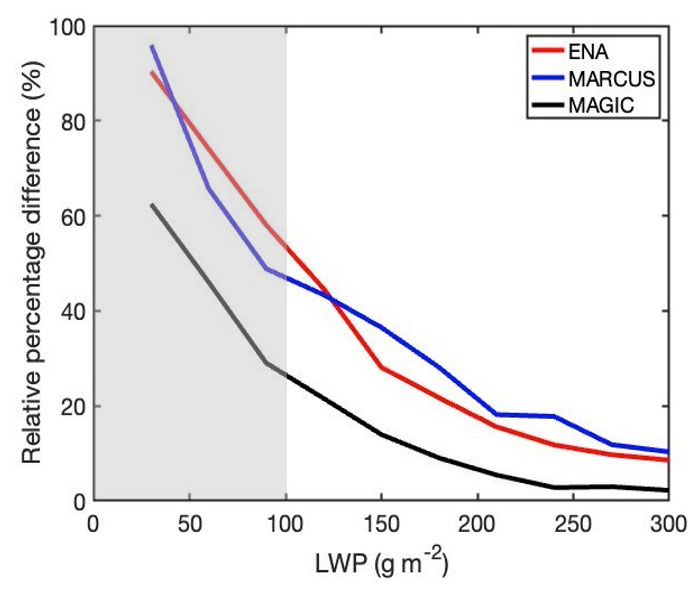
New Detection Methods Find More Drizzle in Marine Stratocumulus Clouds
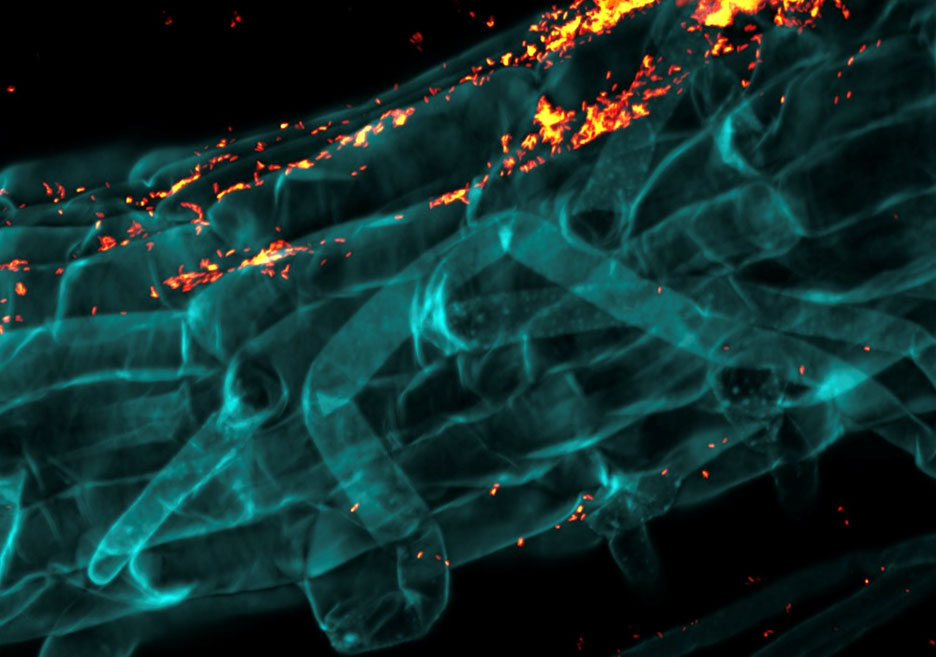
Study points to traits and genes in controlling the root microbiome of switchgrass, a biofuel feedstock and native North American prairie grass.
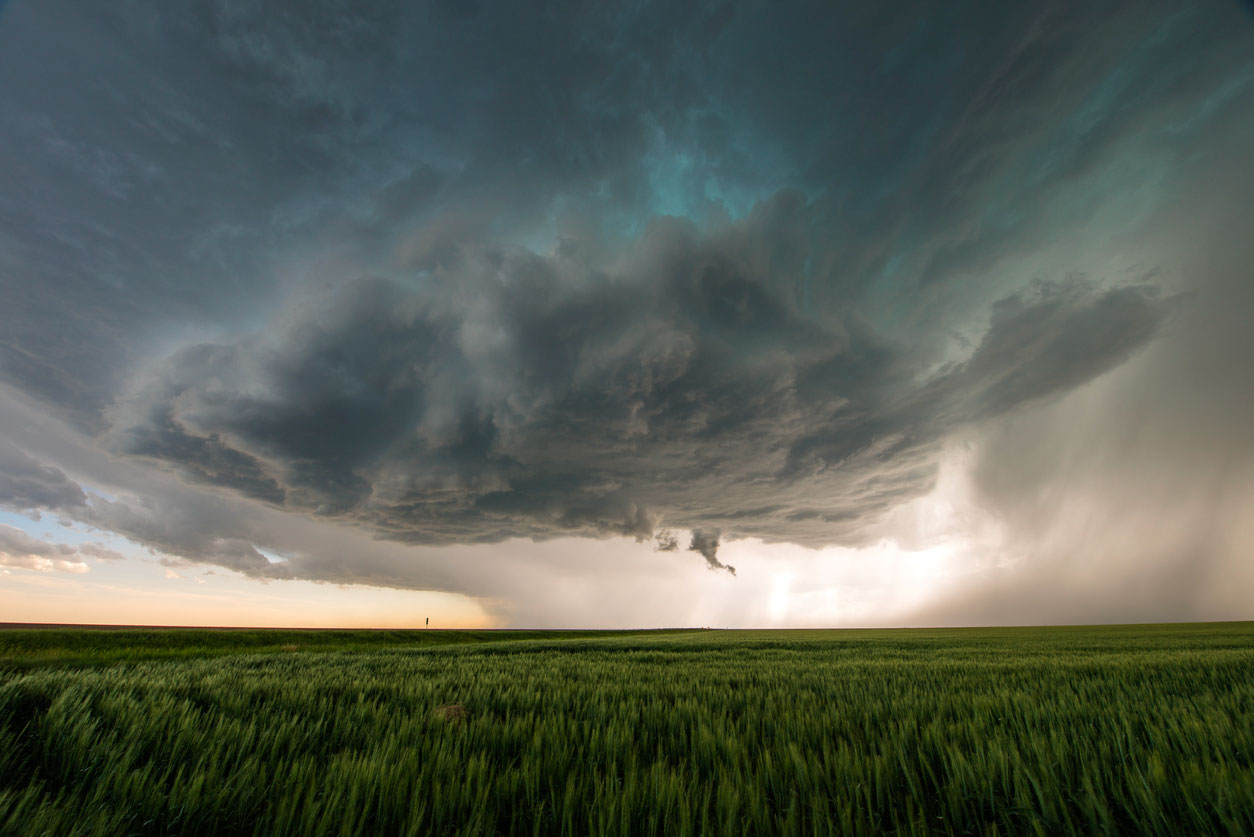
Researchers identify previously uncharacterized aerosols over an agricultural region in Oklahoma.
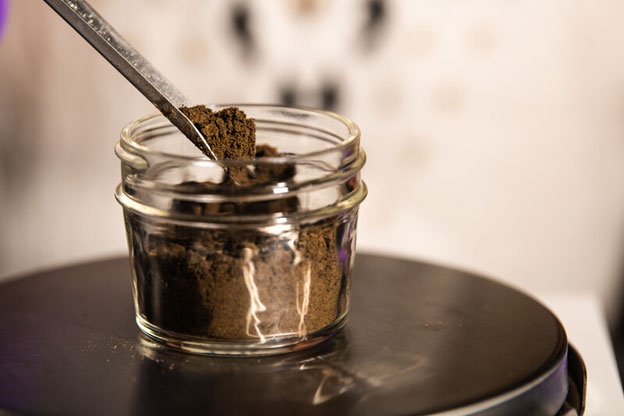
Even microbes that can’t break down a plentiful food source can still be successful by interacting with fellow community members.
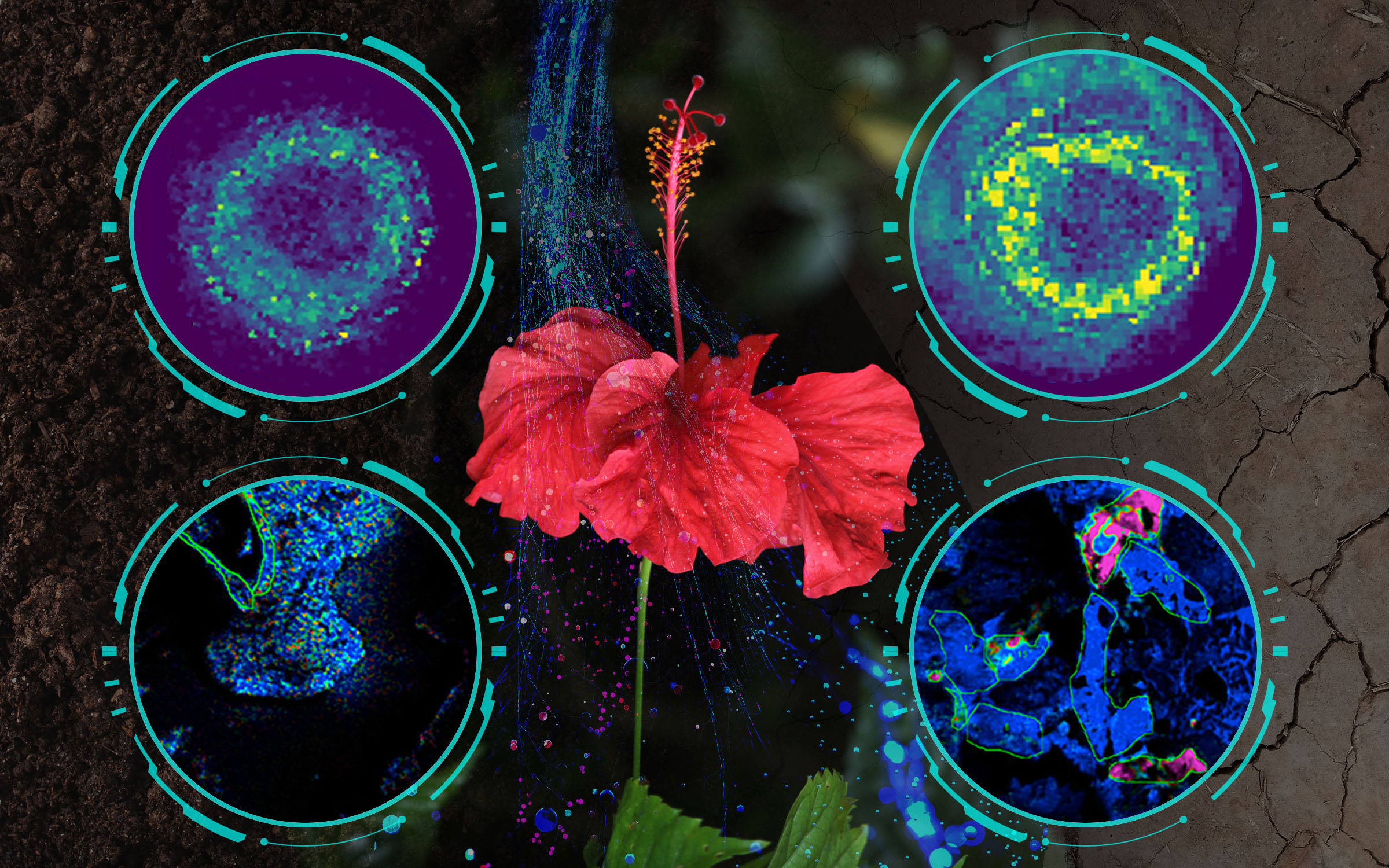
Using a novel combination of advanced research techniques, scientists show how the roots of various tropical plants react to harsh conditions.
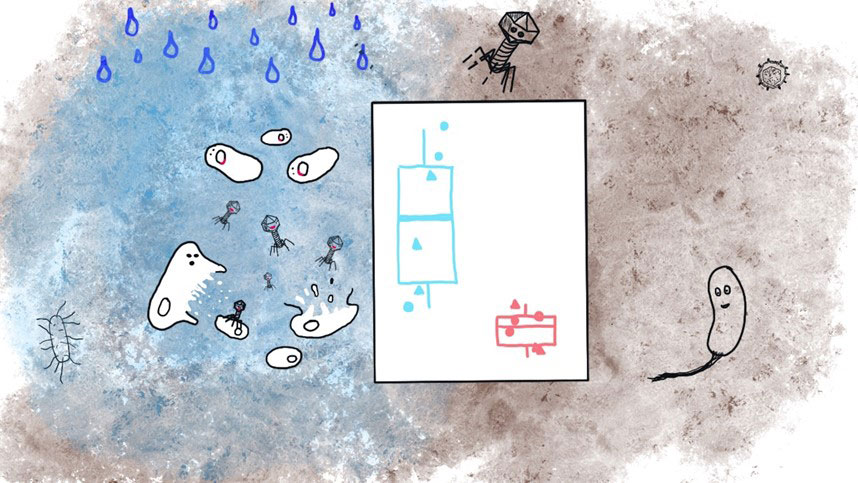
Soil moisture influences the activity of soil DNA viruses and the composition and abundance of RNA viruses.
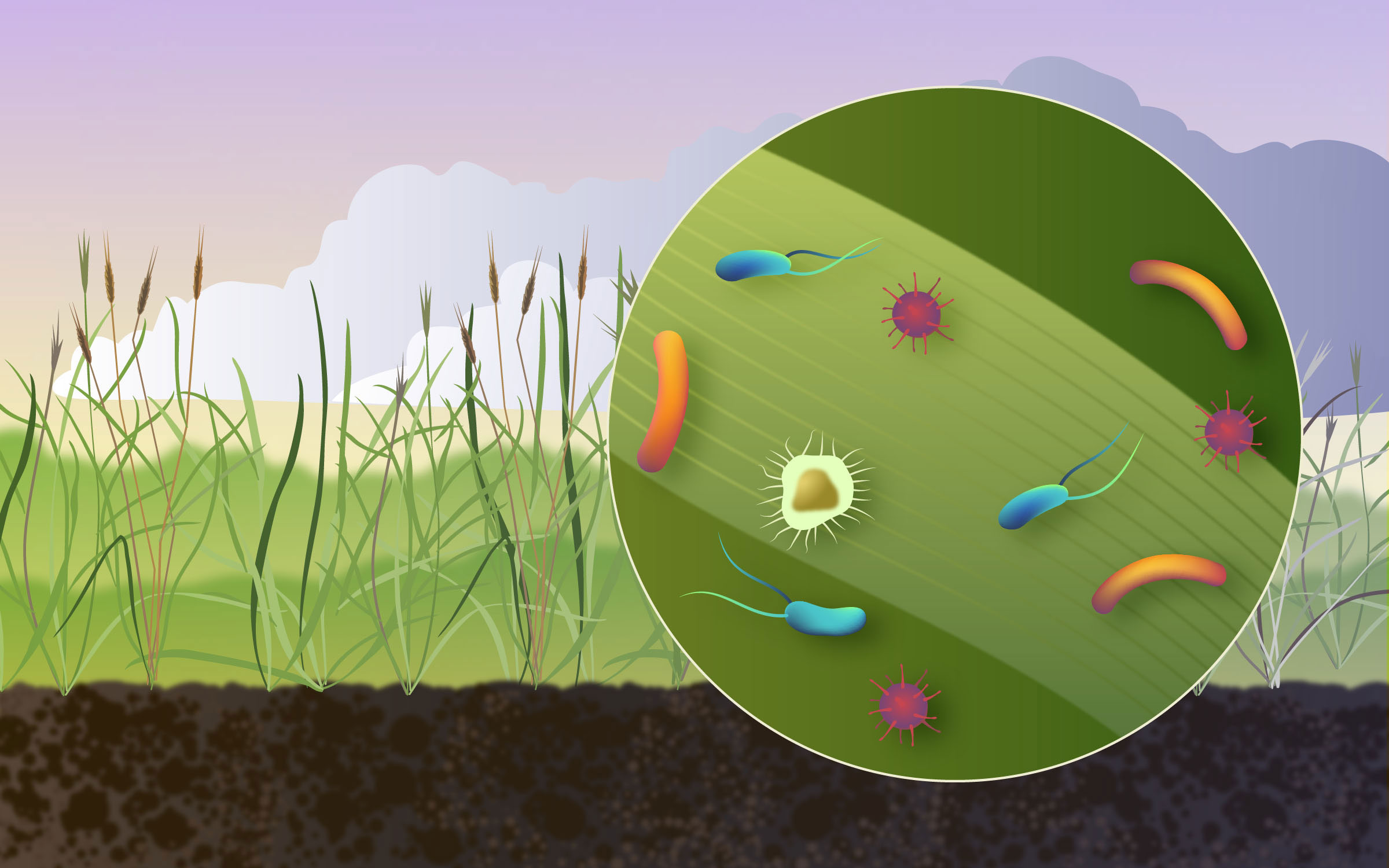
Researchers find that fungal spores are most abundant during initial growth, while bacteria predominate during flowering and fruit development.
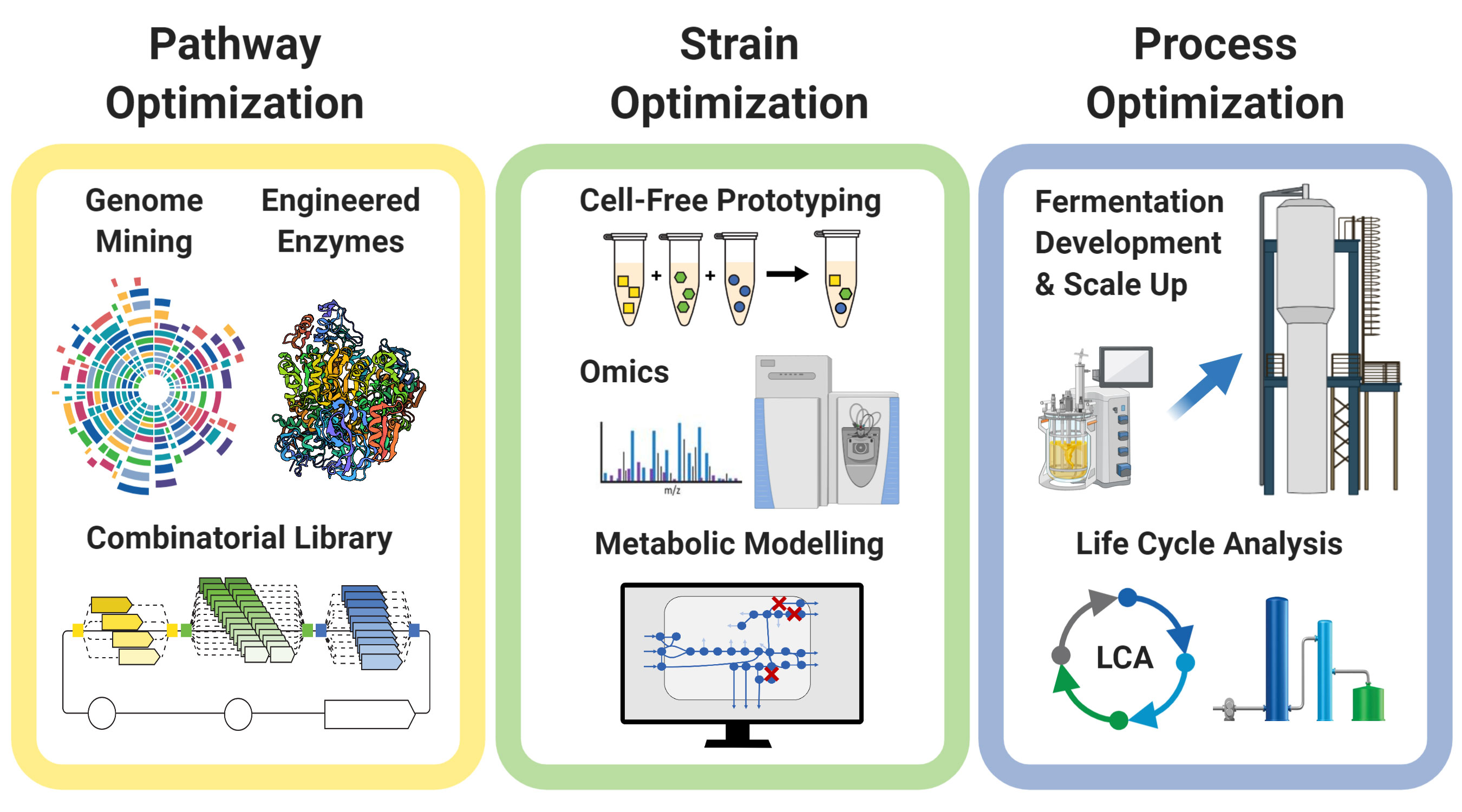
Biological production of acetone and isopropanol by gas fermentation captures more carbon than it releases.
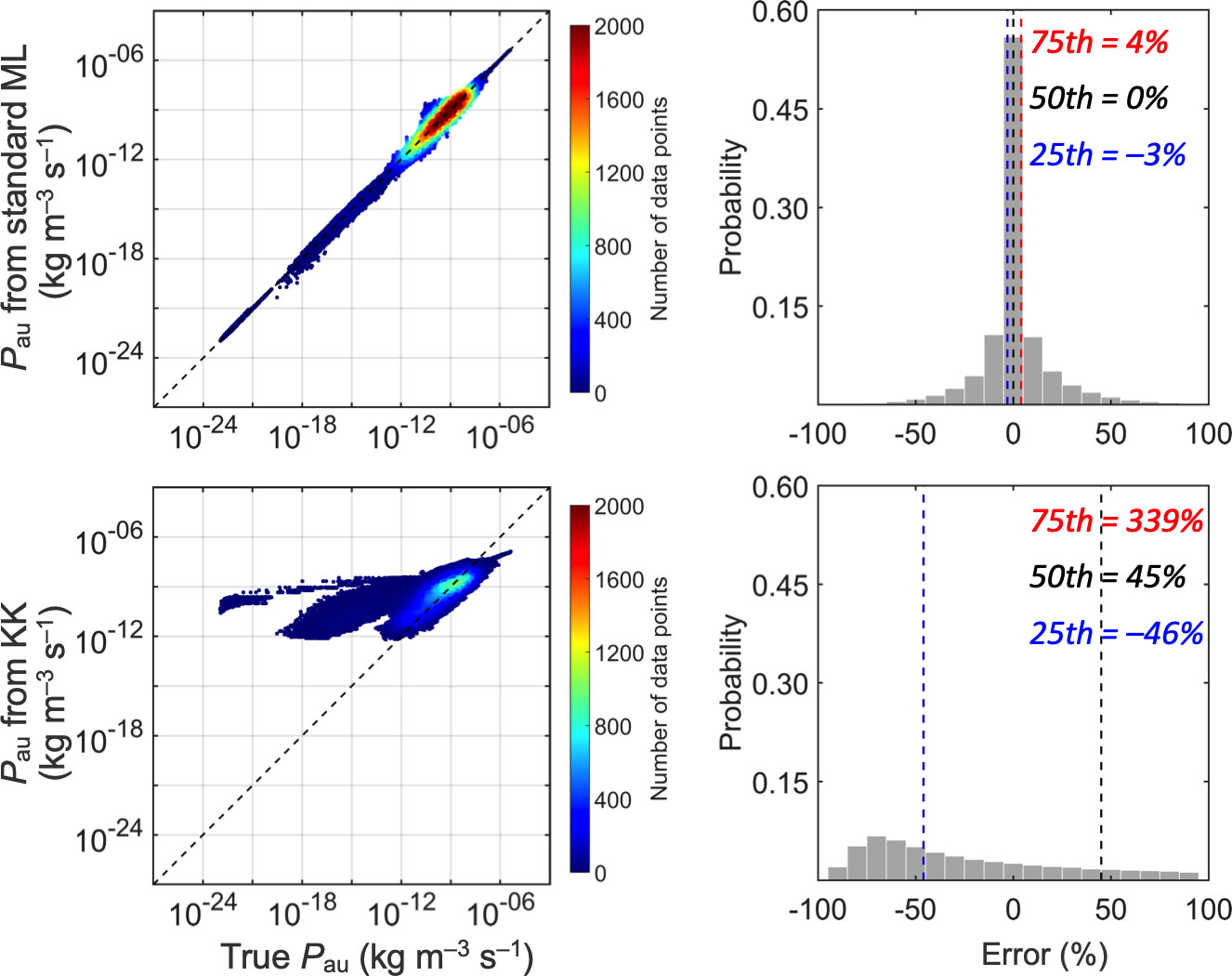
Machine Learning offers New Insights and New Parameterization for the path from Drizzle Drops to Warm Rain
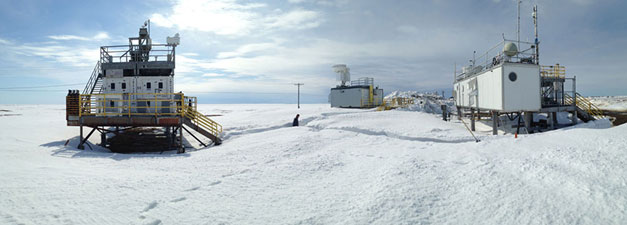
Six years of radar data from the Atmospheric Radiation Measurement (ARM) user facility site in Utqiaġvik, Alaska provide important details on how secondary ice particles form in Arctic clouds.
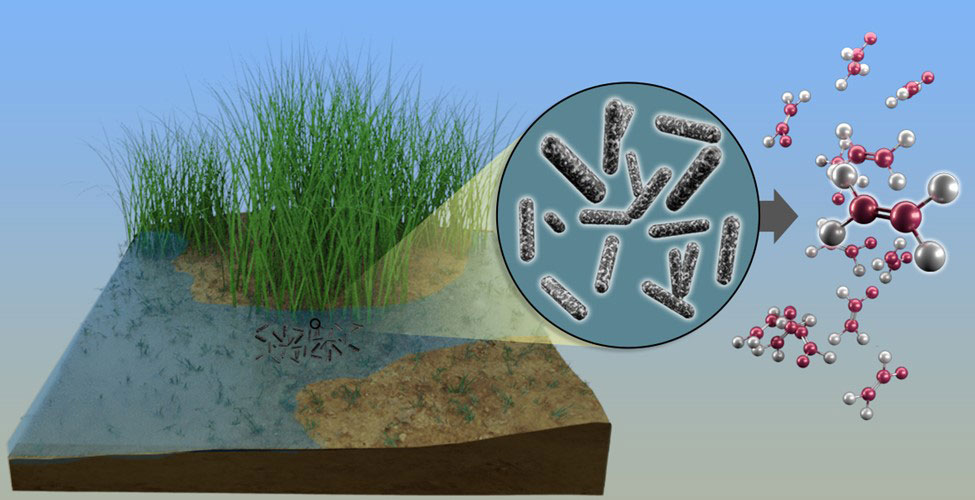
An enzyme system frees sulfur from small organic compounds to make a surprising gaseous side product.